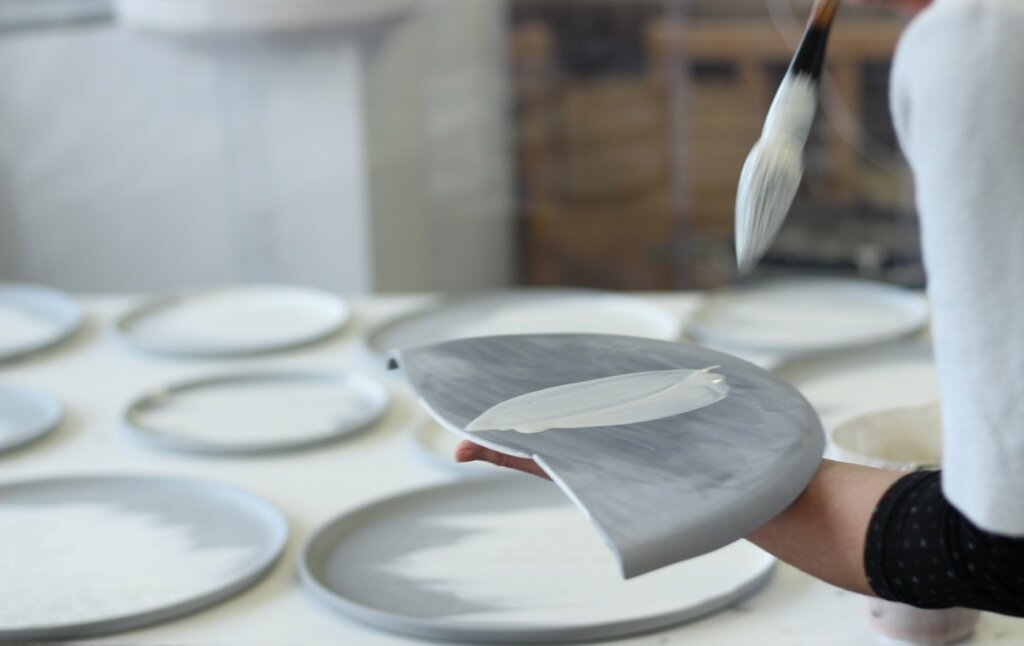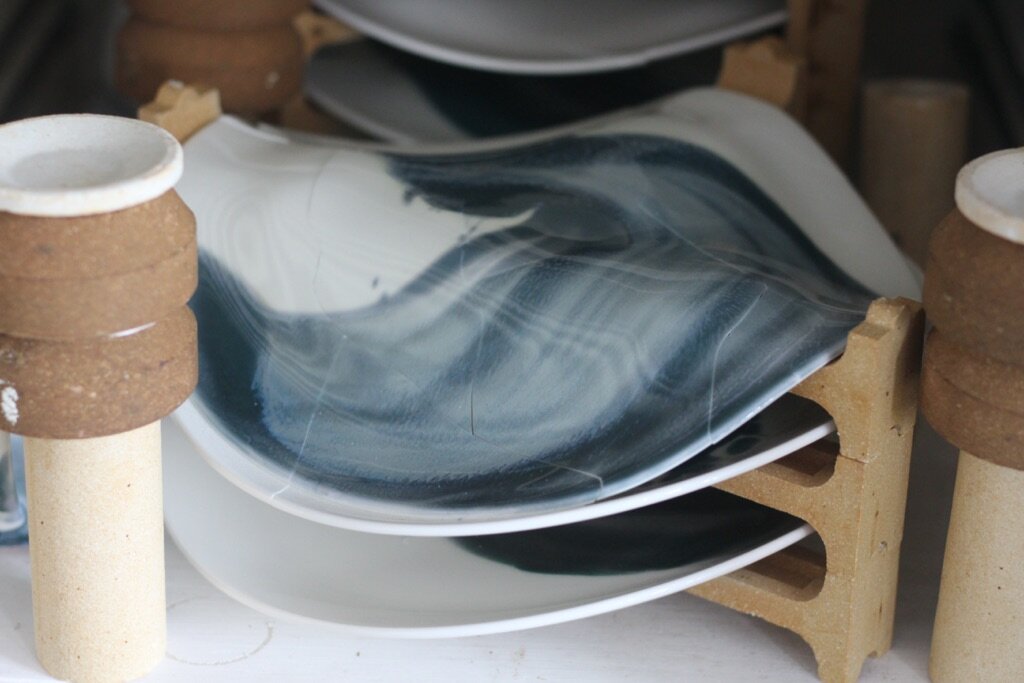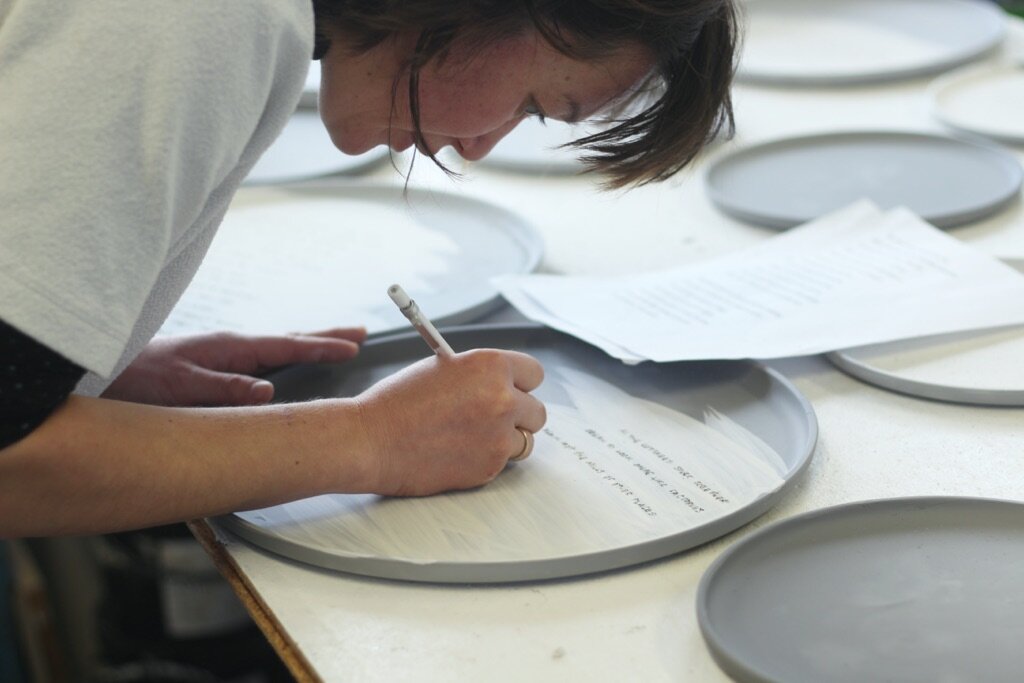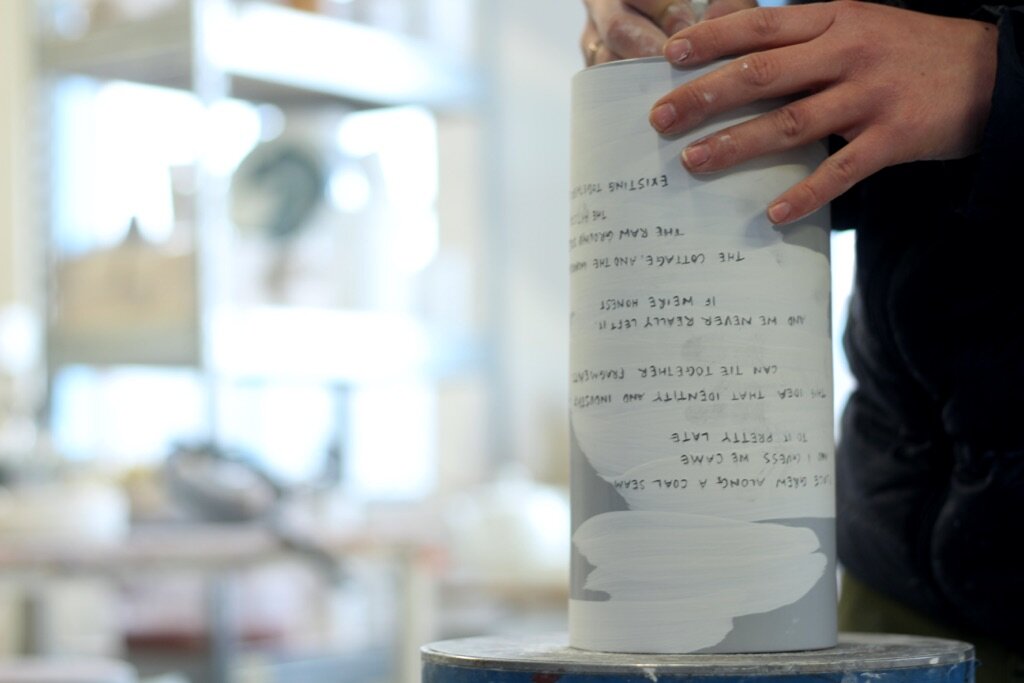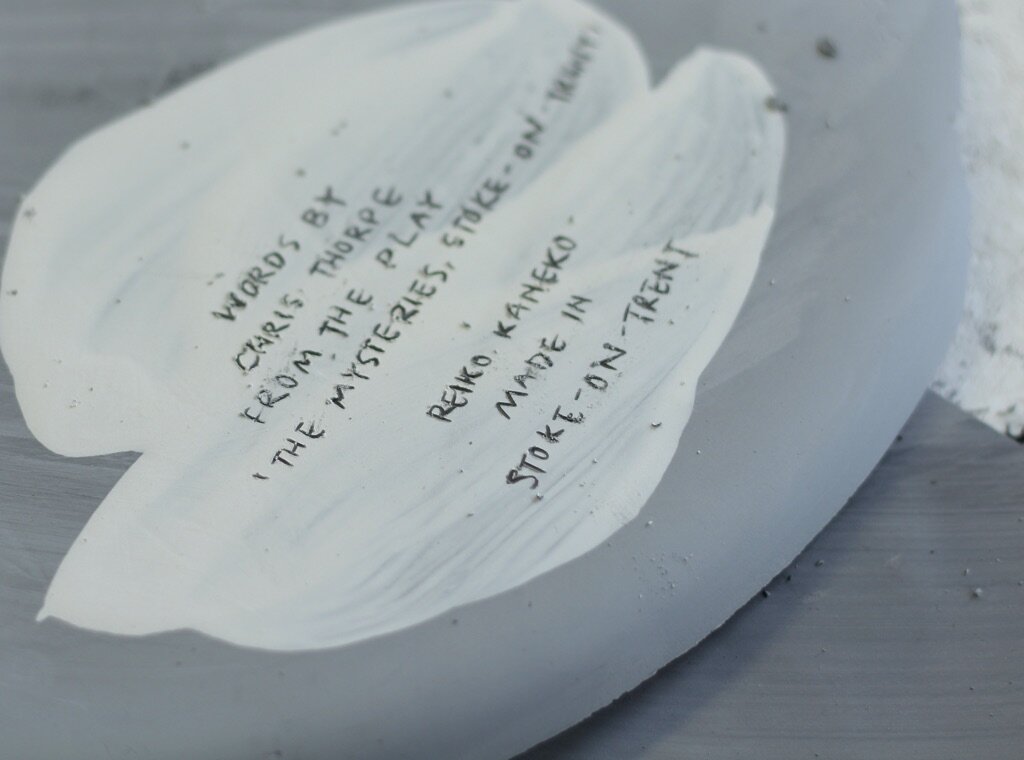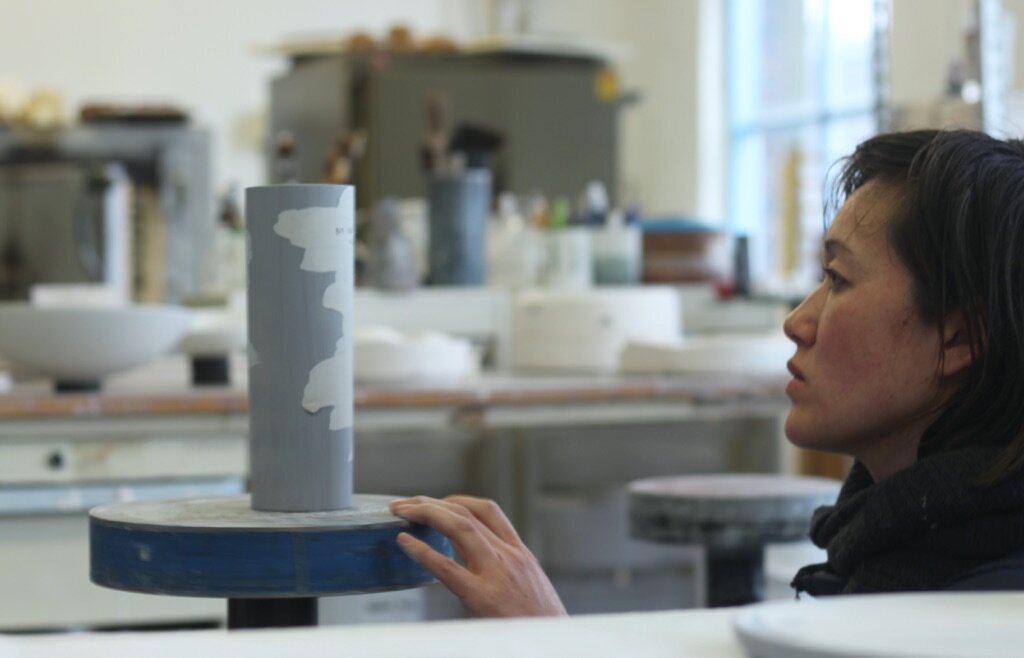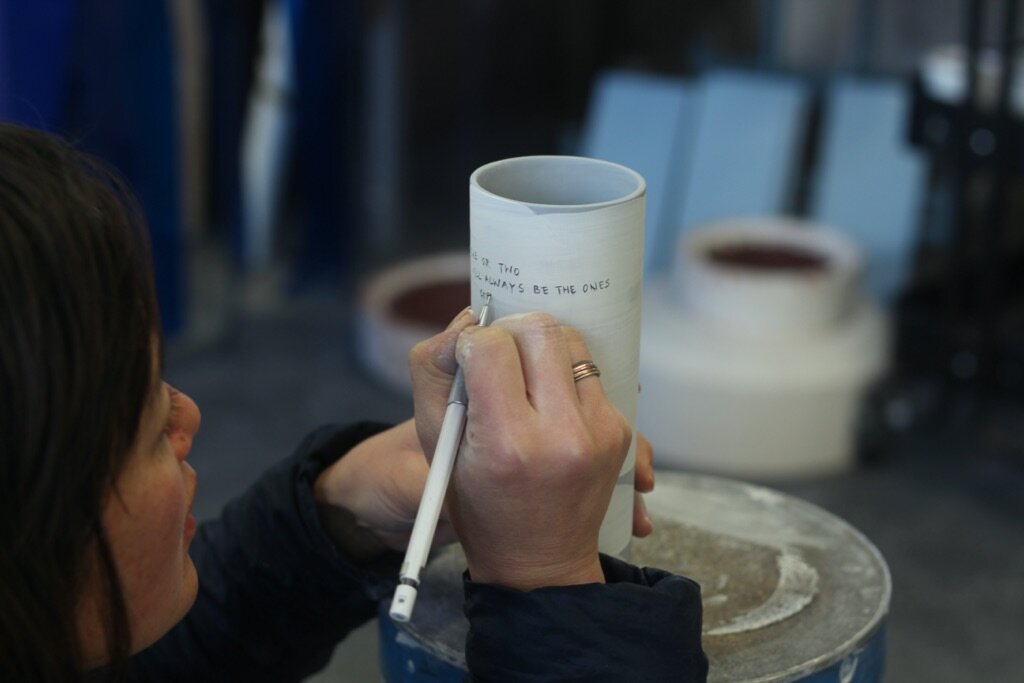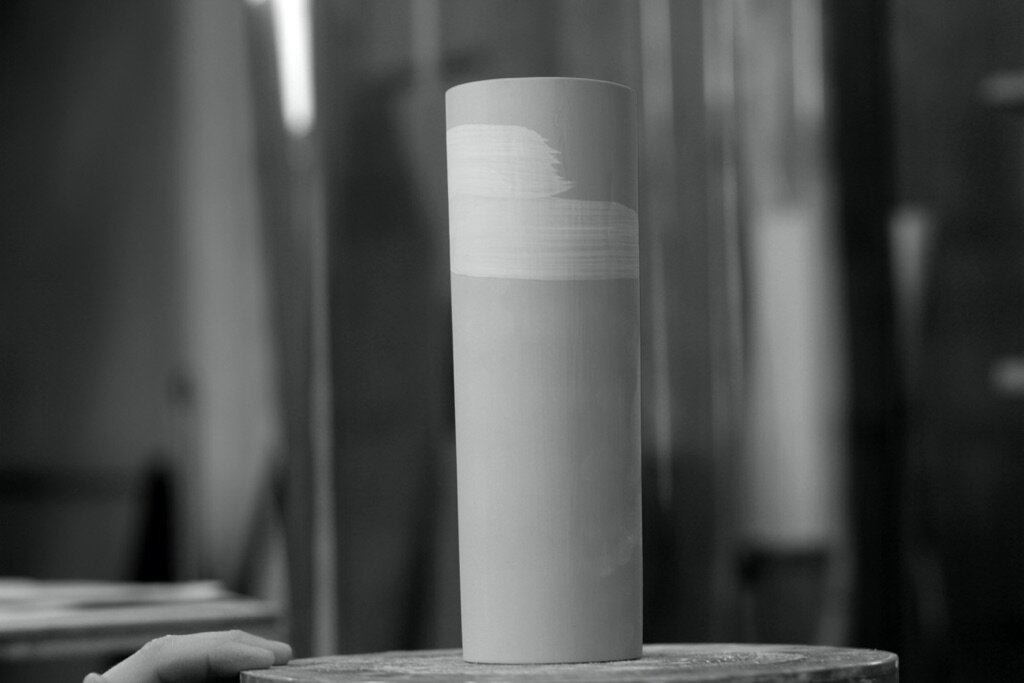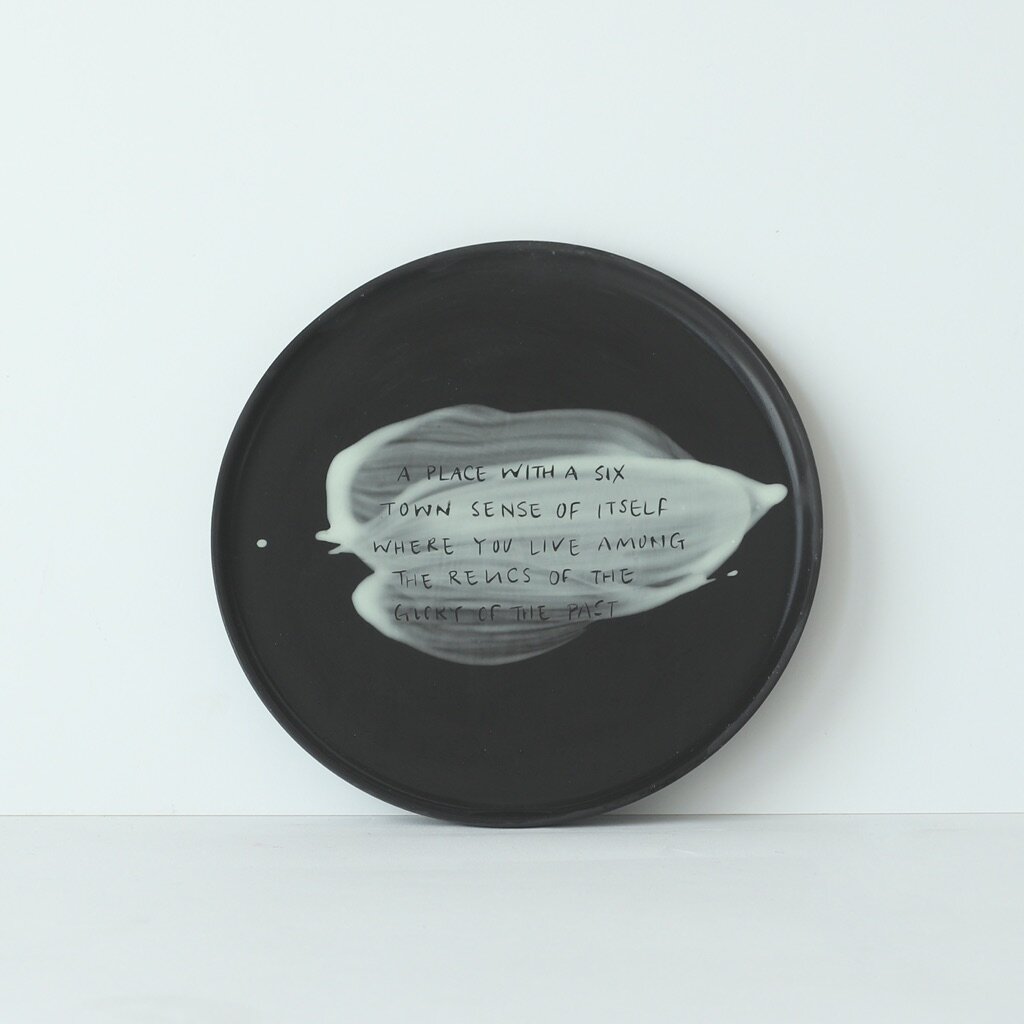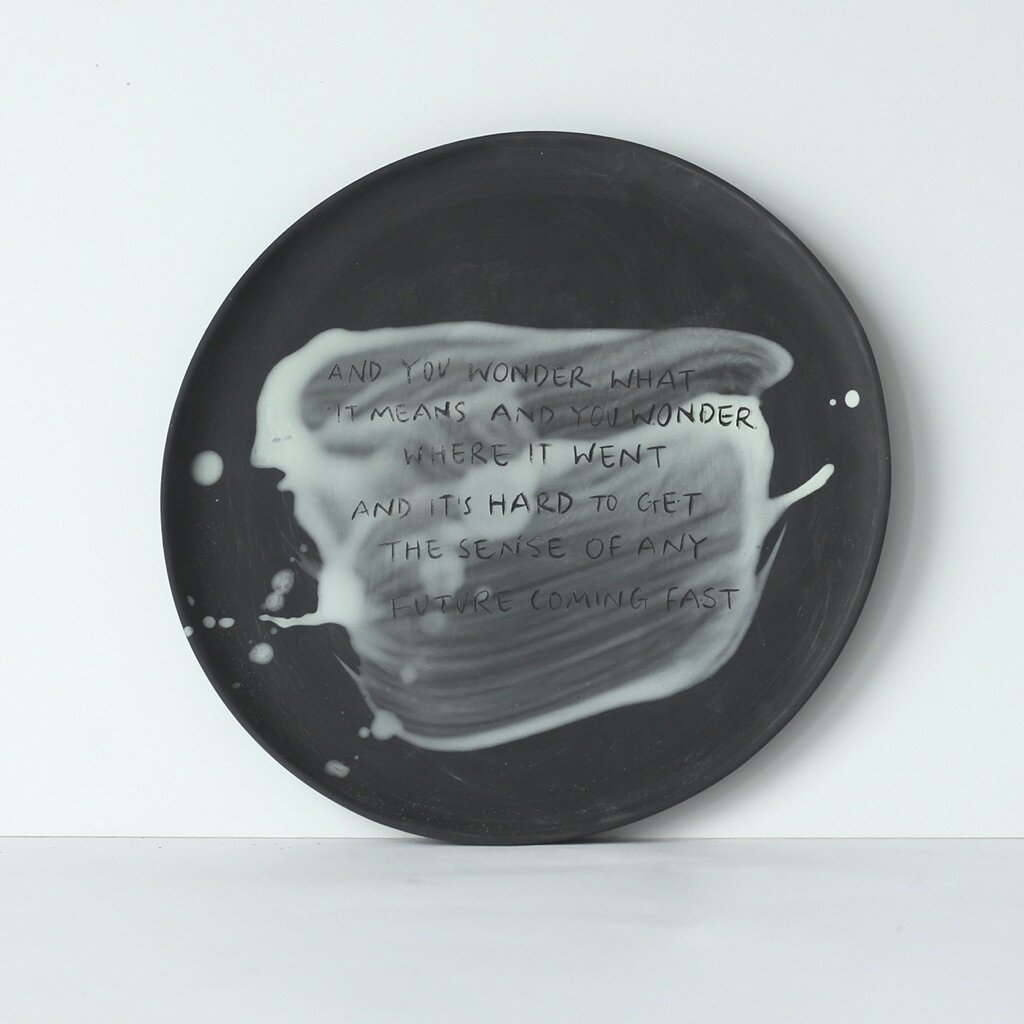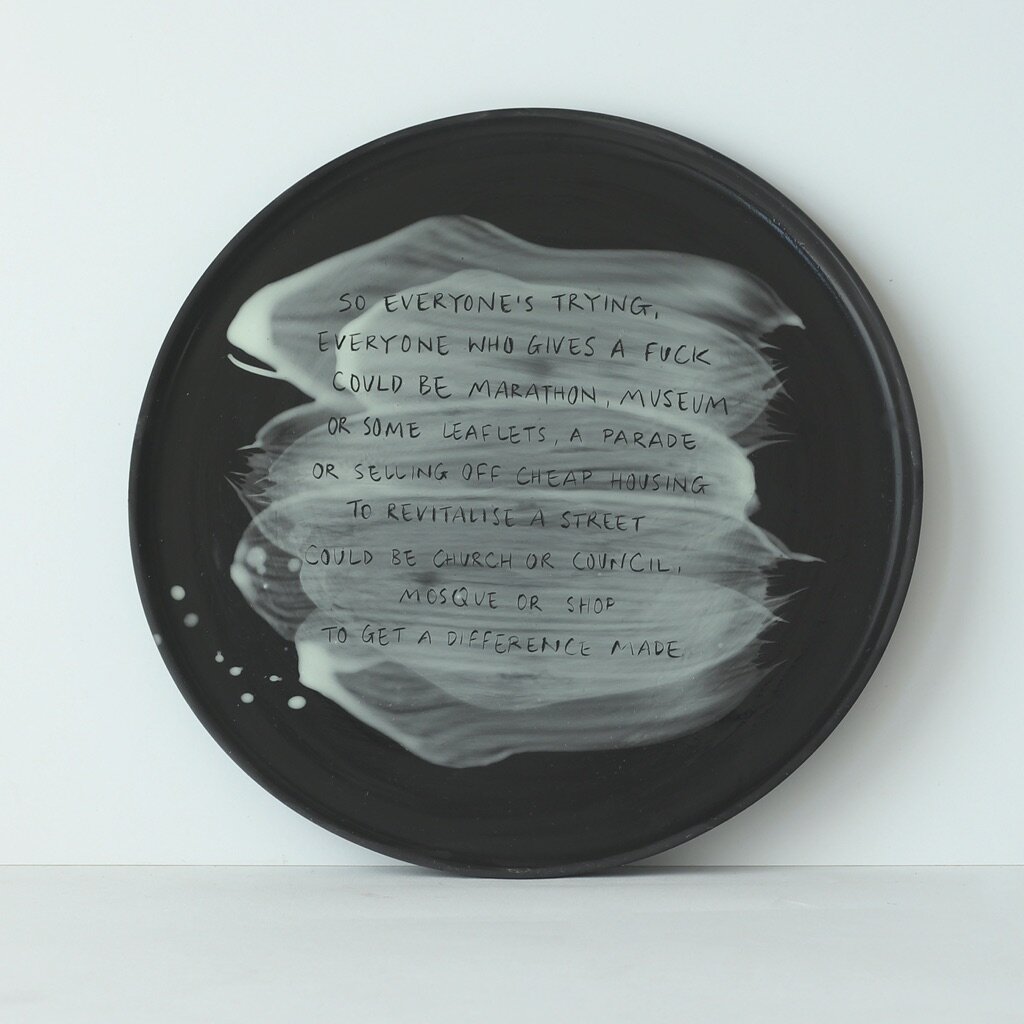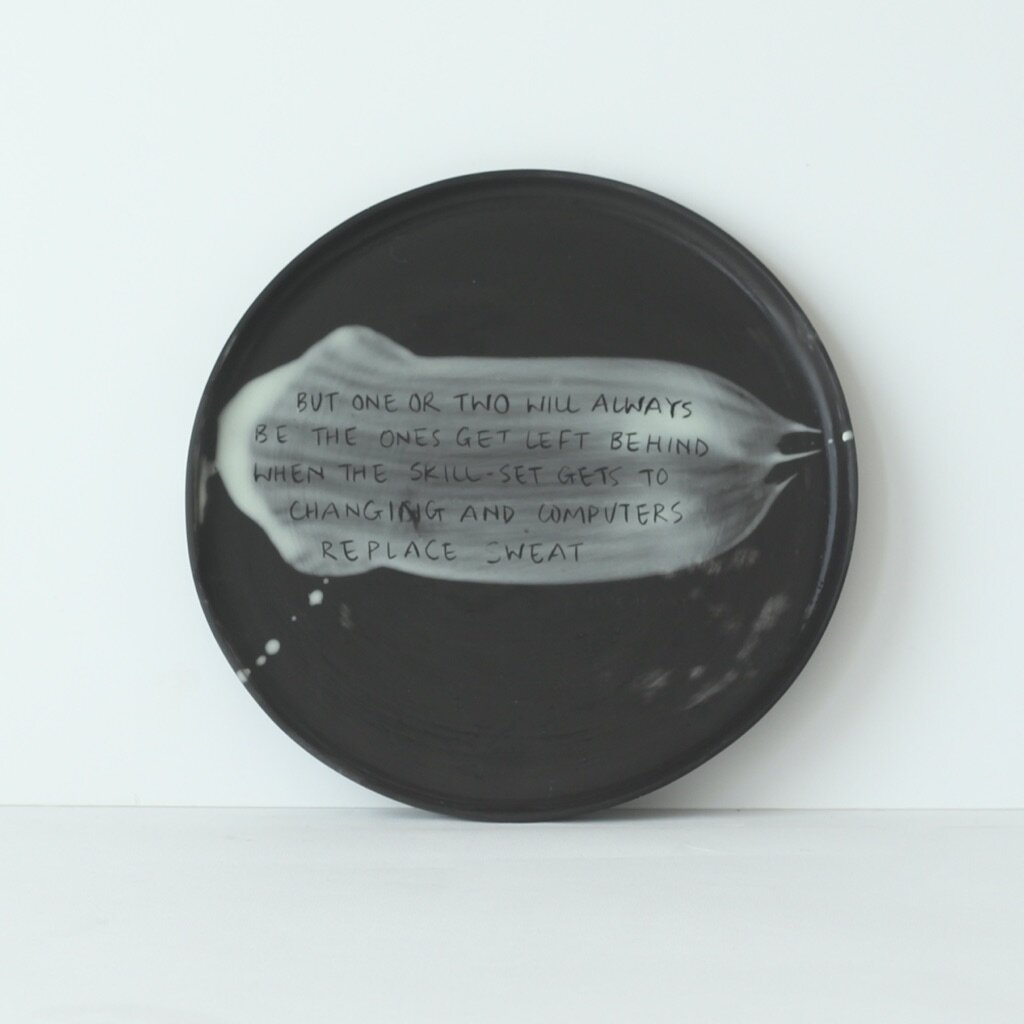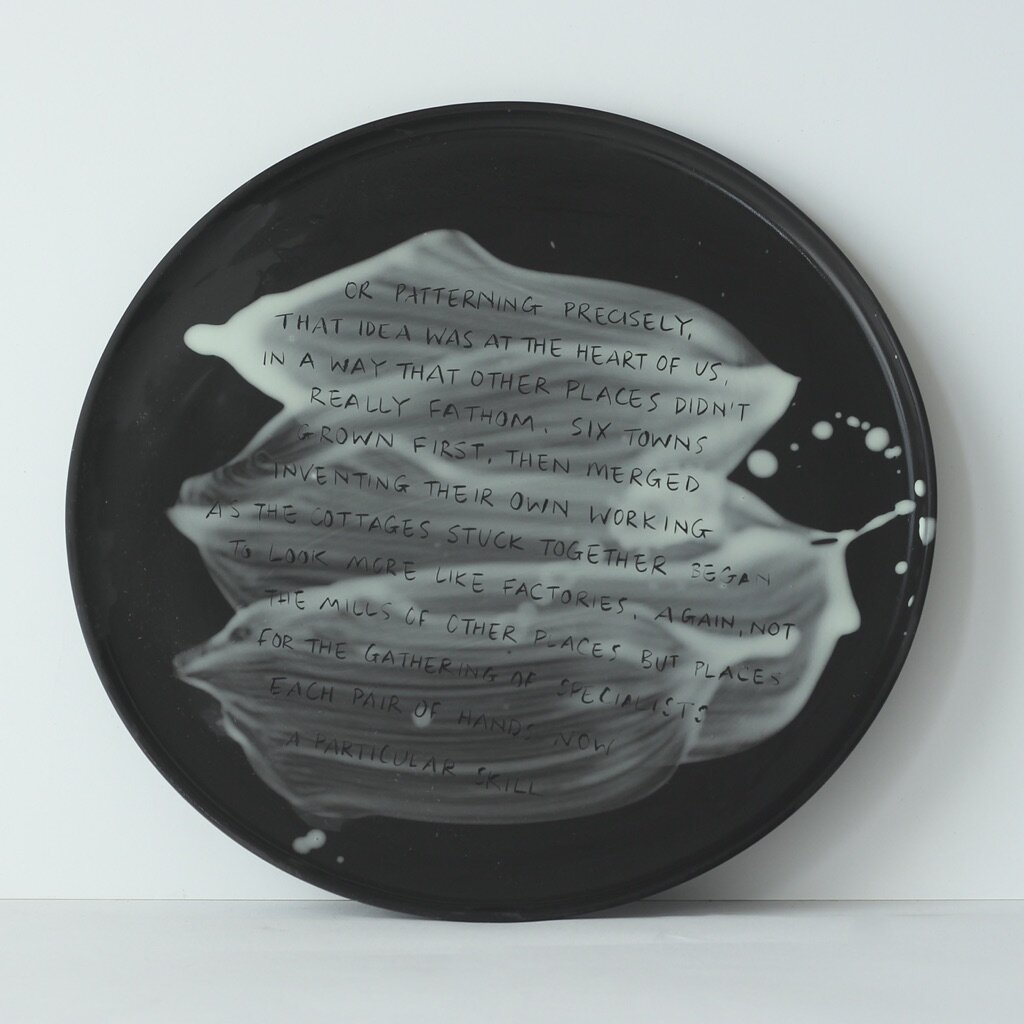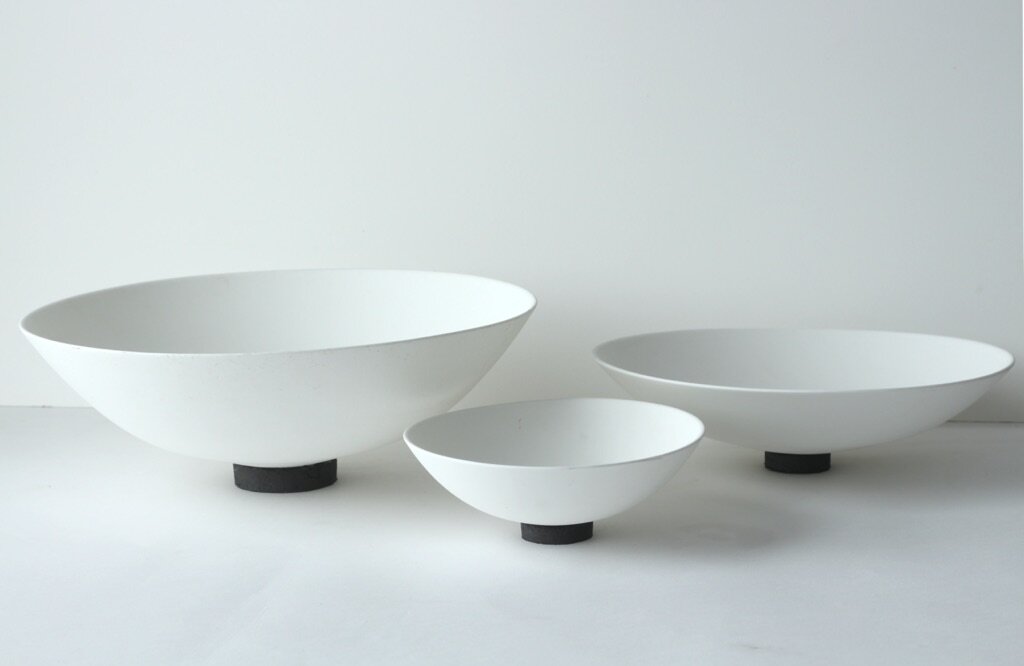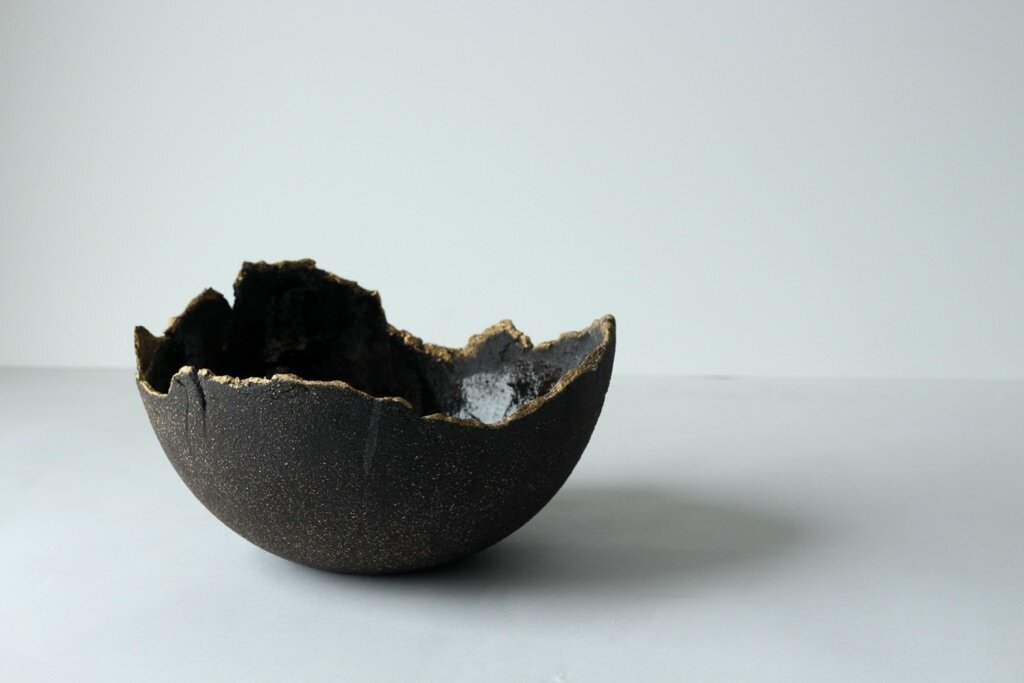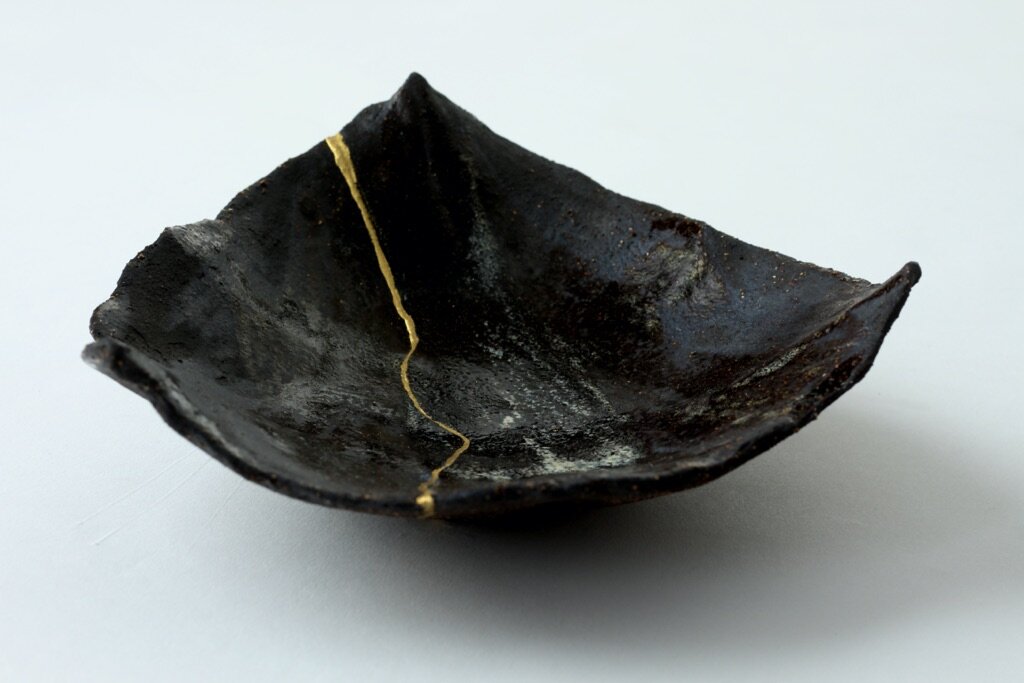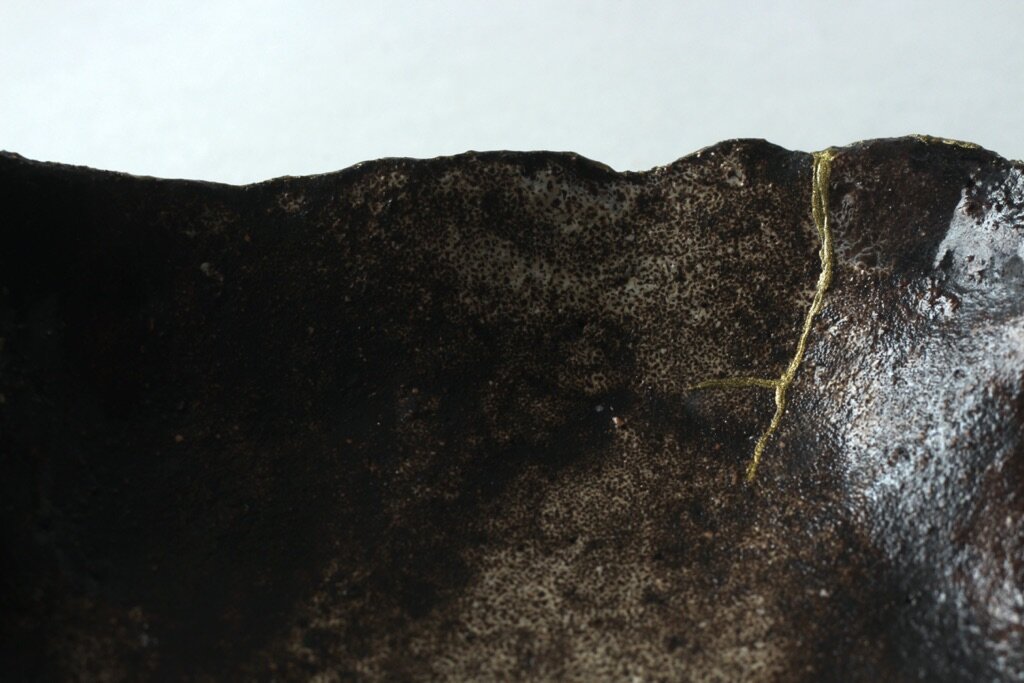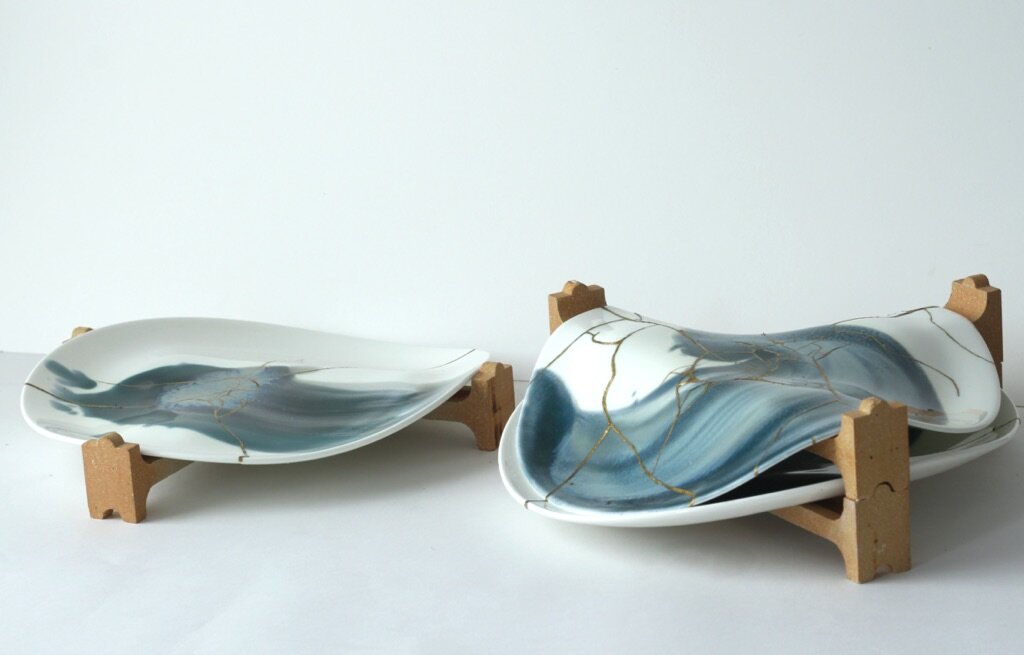The Harewood House, Useful/Beautiful: Why Craft Matters
Soetsu Yanagi, the Japanese philosopher and founder of the Mingei Japanese folk art movement, described craft as something humble. He believed that we use things and we love them as we use them. Over time we build a relationship with them, and this is why craft matters. It is not about self-expression or self-need. Life is a journey and we are all searching for the truth. Craft is one way of navigating this. Learning, practising, creating and repeating has a meditative quality to it. Sometimes in the process you get an inkling of what you’re searching for. You can intuit it, but you can’t easily describe it. Yanagi believed that Mingei was timeless because it had inherent truth. What is true has to be beautiful, and what is true and beautiful will stand the test of time.
But this installation is not an example of Mingei crafts. I strive to leave my personality at the door of the workshop, but for the moment I am too distracted with learning the elements, and nature of ceramics – of clays and silicas. My teachers have been ‘the industry’ of Stoke-on-Trent, generous with their knowledge and skills. But there’s been a huge shift in their way of life, the pits and the pots barely exist at all. So this exhibition is a step towards Mingei – a step that involves immersion in the specific history of Stoke – a history made up of specialisms coming together – processes that combined art and industry in a way unique in this country. It’s about feeling myself as a small part of carrying that history forward.
Last year, playwright Chris Thorpe came to Stoke and crafted a story about the everyday. He came without judgement to see the place and tell its story. The words from his play that struck me are inscribed into the china. They suggest a version of Stoke’s story, its past and future, albeit through the eyes of two outsiders. So while the objects are a synthesis of experience and technique, the words on them represent the same thing, from a different angle, in a different form.
What links us all together – the maker with the object, the writer with the world, and the people of a city with the process of living in it – is that as Yanagi describes wabi-sabi – we have to find beauty in the irregular and the imperfect – because that’s what we are, in our objects, our language and our daily lives – so I’ve striven to find the beauty in these humble objects and moments.


